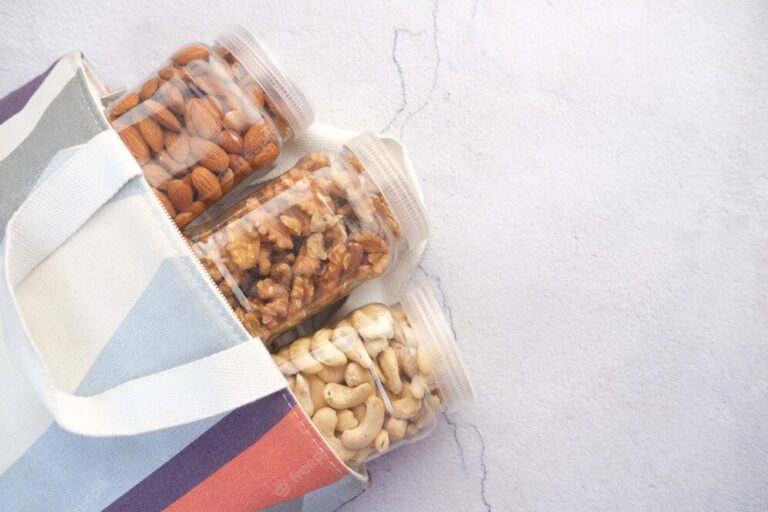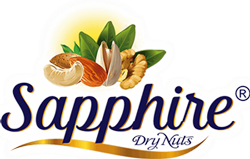
Introduction:
Importance of buying and storing dry fruits properly for maintaining their freshness, flavor, and nutritional value.
1. Choosing High-Quality Dry Fruits
Key factors to consider when buying dry fruits (e.g., freshness, appearance, aroma).Purchase from reputable sources: Buy dry fruits from trusted suppliers or stores that have a good reputation for quality products. This ensures that you are getting fresh and high-quality dry fruits.heck for freshness: Examine the dry fruits for signs of spoilage or poor quality. Look for vibrant colors, plumpness, and a shiny appearance. Avoid purchasing dry fruits that appear dull, discolored, or have a stale smell.Consider packaging: Opt for dry fruits that are well-packaged to protect them from moisture, light, and air. Look for tightly sealed packages or containers that maintain the freshness of the dry fruits.
2. Understanding Different Dry Fruit Varieties
When it comes to storing dry fruits, different types have varying characteristics and requirements. Here are some general guidelines for storing common dry fruits: (e.g., almonds, walnuts, dates, raisins)Almonds: Almonds have a relatively long shelf life and can be stored at room temperature in an airtight container.Walnuts: Walnuts have a high oil content, which makes them more susceptible to spoilage. It’s best to store them in an airtight container in the refrigerator or freezer to preserve their quality and prevent the development of rancidity.Cashews: Cashews have a lower oil content compared to walnuts and can be stored at room temperature in an airtight container.Pistachios: Pistachios have a relatively low oil content, making them less prone to spoilage. They can be stored at room temperature in an airtight container for a few weeks.Raisins: Raisins have a long shelf life and can be stored at room temperature in a sealed container. It’s important to protect them from moisture to prevent mold growth.
3. Proper Storage Techniques
Optimal storage conditions for maintaining dry fruit freshness (e.g., temperature, humidity).Pay attention to the storage instructions: Follow the storage instructions provided on the packaging or by the supplier. Different dry fruits may have specific storage requirements, including temperature and humidity conditions.Store in airtight containers: Transfer the dry fruits to airtight containers once opened. This helps to prevent moisture absorption, maintain freshness, and protect them from pests or insects.Keep away from moisture: Dry fruits can easily absorb moisture from the air, leading to spoilage or the growth of mold. Store them in a cool and dry place, away from direct sunlight or areas with high humidity.
4. Extending Shelf Life
Techniques for extending the shelf life of dry fruits.Consider refrigeration for longer storage: If you plan to store dry fruits for an extended period, refrigeration can help prolong their shelf life. Place them in airtight containers or resealable bags and store them in the refrigerator.Regularly check for freshness: Periodically check stored dry fruits for any signs of spoilage, such as mold, off smells, or a rancid taste. Discard any dry fruits that show these signs to avoid consuming compromised products.Avoid temperature fluctuations: Fluctuating temperatures can affect the quality and shelf life of dry fruits. Keep them away from areas prone to temperature changes, such as near ovens, stoves, or windows.

